Table of Contents
ToggleIntroduction: Why Energy Efficiency Matters in Jib Crane Pricing
In today’s industrial landscape, businesses increasingly seek energy-efficient equipment to lower operational costs, reduce environmental impact, and align with sustainability goals. When it comes to jib crane price, opting for energy-efficient models may come with a higher initial cost—but the long-term benefits in savings, performance, and compliance are substantial. This article explores how energy-efficient features influence pricing, performance, and ROI, and helps buyers navigate this emerging category of smart crane technology.
What Makes a Jib Crane Energy-Efficient?
Energy-efficient jib cranes are designed to consume less power while maintaining optimal lifting capacity, reliability, and safety. These models often include:
- Variable Frequency Drives (VFDs): Allow smoother and more efficient hoist control, reducing energy spikes.
- Regenerative braking systems: Recover energy during load descent.
- Energy-efficient hoists and motors: Designed for low power consumption and longer duty cycles.
- Smart controls and automation: Reduce idle energy consumption and allow predictive maintenance.
How Energy Efficiency Impacts Jib Crane Price
1. Upgraded Hoist Systems
High-efficiency electric chain or wire rope hoists can increase the base crane price by $1,000–$4,000. However, these systems offer:
- Faster lifting speeds with reduced power use
- Lower mechanical wear
- Longer service life
2. Intelligent Drives and Controls
VFD systems or programmable logic controllers (PLCs) typically add $500–$2,000 to the crane price but improve control accuracy, reduce power surges, and enable better safety management.
3. Eco-Coated Structural Components
Eco-friendly powder coatings and recyclable materials may cost slightly more during manufacturing but align with green building standards and reduce lifecycle waste.
4. Integrated Monitoring Systems
Energy-efficient cranes often include smart diagnostics or IoT-based load monitoring. These systems can add $800–$2,500 to the total price, allowing:
- Real-time energy usage tracking
- Predictive maintenance alerts
- Performance optimization
Jib Crane Price Comparison: Energy-Efficient vs. Standard Models
| Crane Feature | Standard Model | Energy-Efficient Model |
|---|---|---|
| Base Price (2-ton capacity) | $7,000 | $9,500 – $11,000 |
| Hoist Type | Basic electric | High-efficiency VFD |
| Motor Control | Fixed-speed | Variable-speed (VFD) |
| Load Monitoring | Manual inspection | Smart diagnostics |
| Power Consumption (est.) | Higher | 15–25% lower |
| Lifecycle Cost (10 years) | Higher | Lower |
Load Capacity Considerations
Energy-efficient features are most cost-effective when paired with the appropriate load capacity. Avoid over-specifying capacity, as oversized cranes consume more energy unnecessarily. For guidance, refer to Jib Crane Price Based on Load Capacity Ranges.
Best Applications for Energy-Efficient Jib Cranes
- High-frequency lifting operations
- Green-certified manufacturing facilities
- Warehouses operating under LEED or ISO 50001
- Facilities with high utility costs or energy usage caps
Manufacturer and Brand Influence
Top manufacturers now offer energy-efficient variants of their most popular jib cranes. For an overview of brand-related pricing, see Jib Crane Price Comparison Across Major Brands.
- Aardwolf: Offers modular energy-efficient models with smart hoist integration
- Gorbel: Known for ergonomic and low-energy cranes
- Demag: Advanced control systems for high-capacity, low-energy operation
Outdoor Energy-Efficient Jib Cranes
In harsh environments, combining energy efficiency with weather protection is critical. For example, a crane with both VFD and IP66-rated controls ensures power savings and durability. Read Jib Crane Price for Outdoor Use in Harsh Environments for more details on outdoor specifications.
ROI of Energy-Efficient Jib Cranes
Though upfront costs are higher, energy-efficient models offer:
- Reduced electricity bills (15–30% savings annually)
- Extended motor and hoist lifespan
- Less unplanned downtime due to smarter diagnostics
- Improved workplace safety and smoother operation
Real-World ROI Example
- Crane: 2-ton freestanding with VFD hoist
- Standard energy cost: $900/year
- Energy-efficient cost: $675/year
- Annual savings: $225
- Payback time on energy features (~$2,000): ~9 years
With added benefits in safety, maintenance, and reduced emissions, the ROI extends beyond energy alone.
Tips for Buyers Considering Energy-Efficient Jib Cranes
- Request energy modeling from suppliers
- Confirm local incentives for efficient equipment (rebates, tax credits)
- Evaluate power consumption metrics before finalizing purchase
- Ensure proper jib crane installation to maintain energy performance
Conclusion: Investing in Smarter, Greener Jib Cranes
Energy-efficient models may increase the jib crane price upfront, but they deliver long-term savings, sustainability, and operational control. As utility costs and carbon regulations rise, investing in greener crane technology becomes not only smart but essential. Evaluate your needs, compare brands, and choose a model that aligns with your lifting demands and energy goals.
To explore modular and energy-efficient lifting options, browse Aardwolf’s full range of jib cranes.

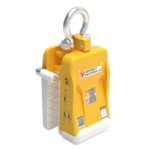
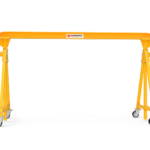
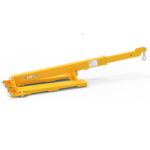
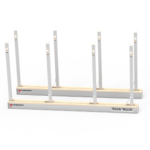
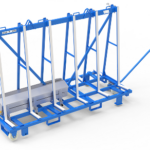
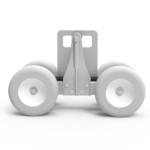
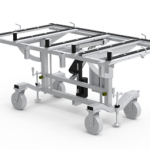
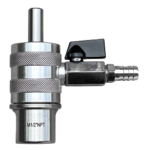
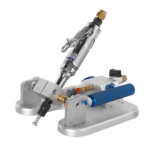
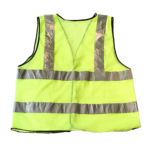

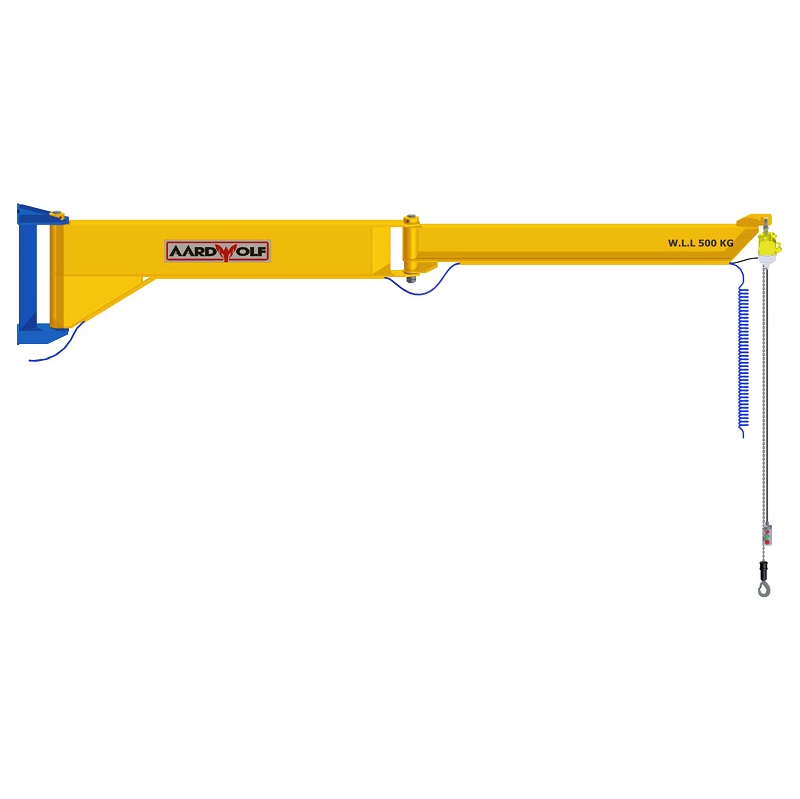
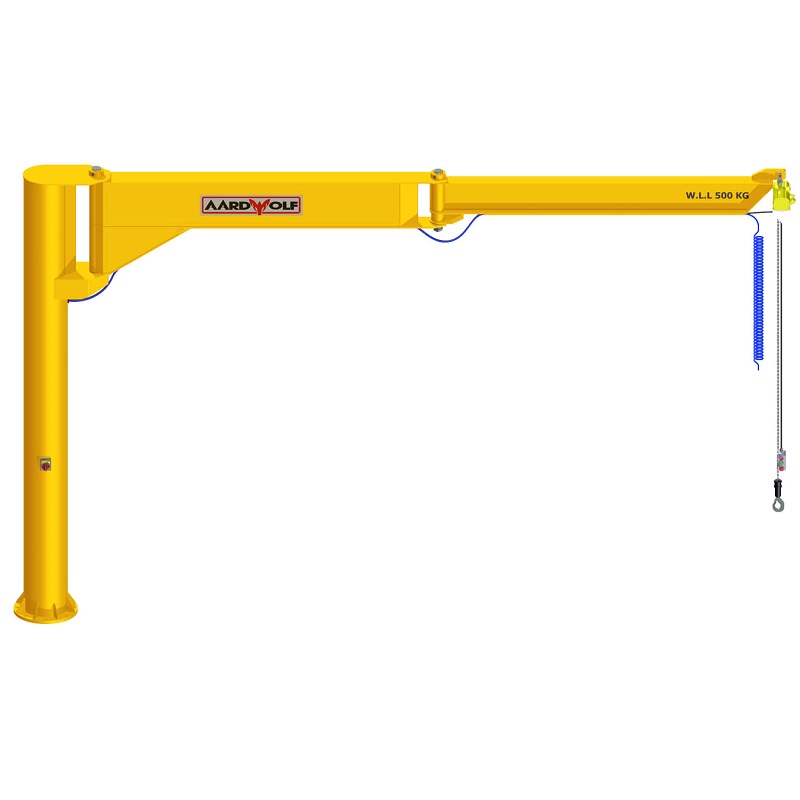
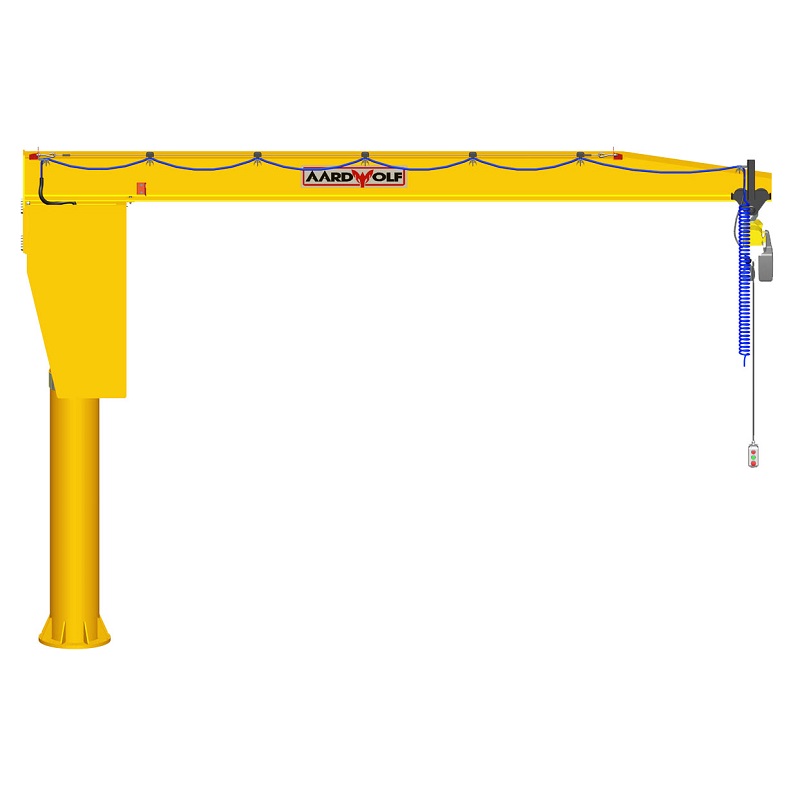
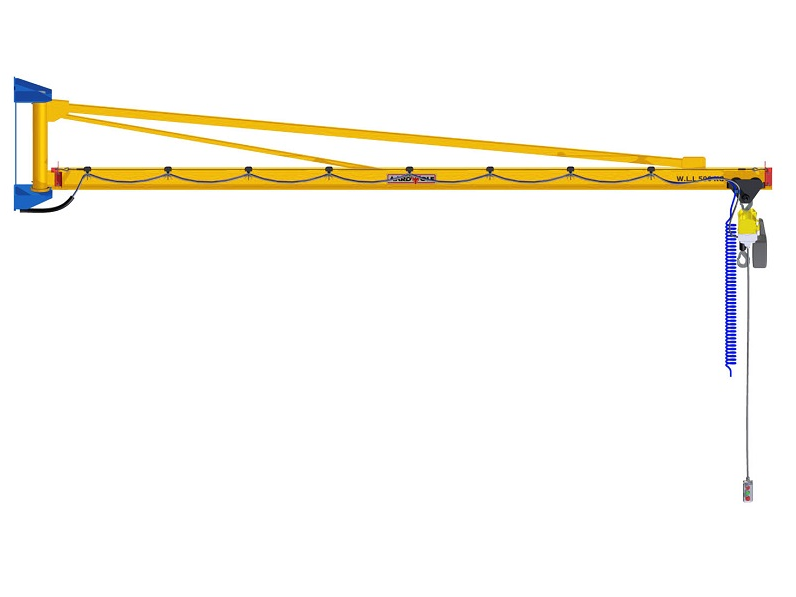

Please log in to leave a comment.